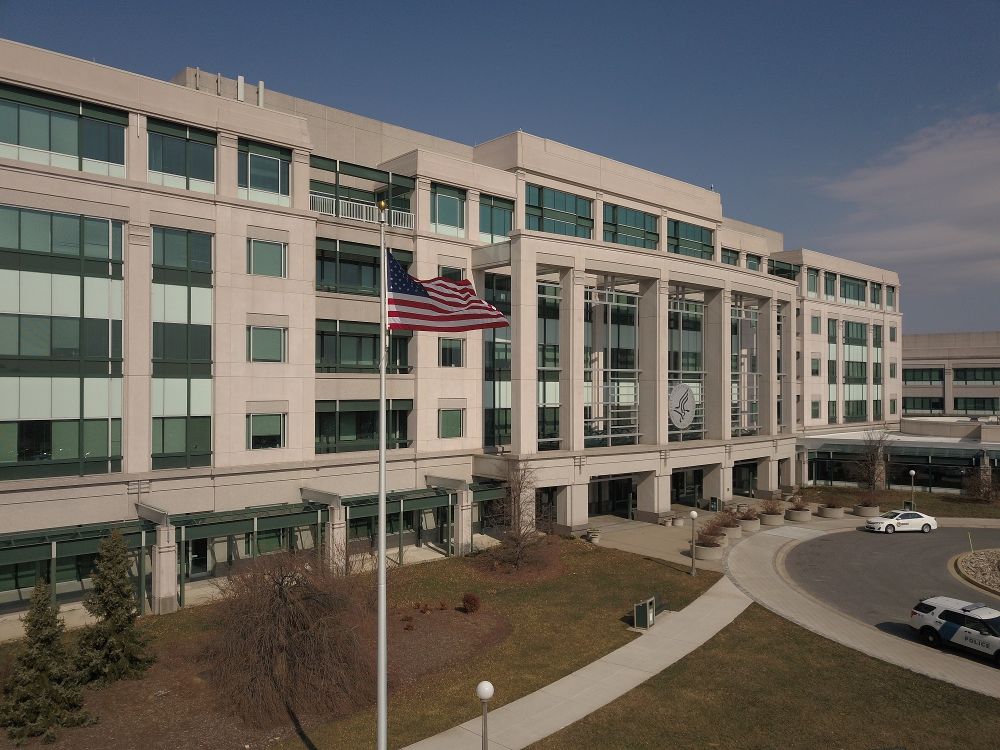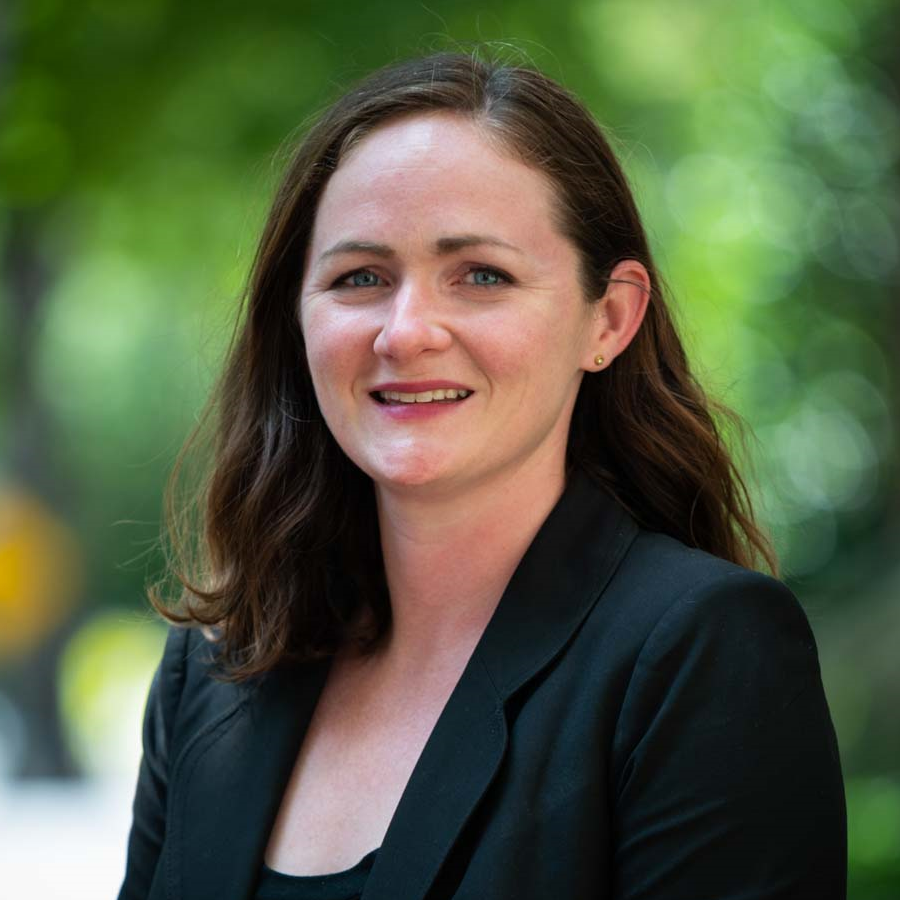Capitol Correspondence - 12.06.22
Kaiser Family Foundation Releases New Resources Evaluating HCBS Waiting Lists and the Impact of the Pandemic
Share this page
Stay Informed on the Latest Research & Analysis from ANCOR
More News
Capitol Correspondence - 06.24.25
CMS Issues Notice for Public Comment on Vaccination Documentation Requirements for ICFs

Capitol Correspondence - 06.24.25
New Resource Highlights the Impact of Medicaid Work Requirements on the Direct Care Workforce
Stateside Report - 06.02.25
Stateside Report: June 02, 2025


